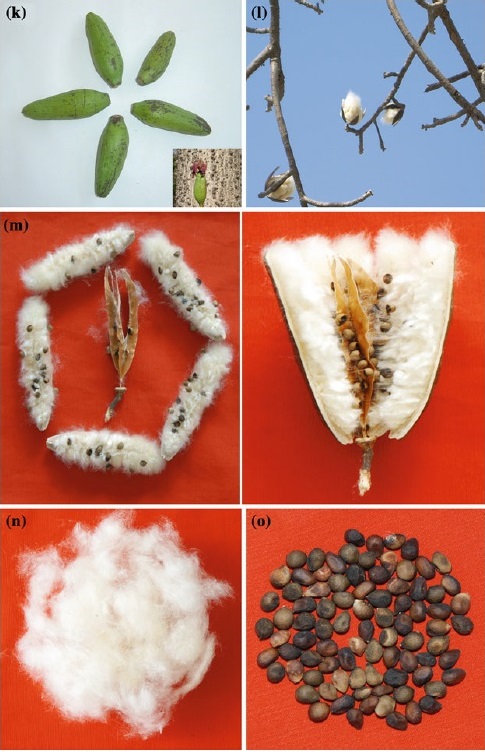
कन्यादान (भाग २)
१) दान gift, donation, भीख नहीं है
२) कन्यादान = कन्या + दान (कन्या + आदान नहीं)
३) कन्यादान मध्ययुग से नहीं प्रारम्भ हुआ, गृह्यसूत्र-रामायण-महाभारत में वर्णन है
४) कन्यादान विधि में दुलहा वचन देता है वह पत्नी के साथ धर्म, अर्थ, और काम में छल नहीं करेगा
1/4
१) दान gift, donation, भीख नहीं है
२) कन्यादान = कन्या + दान (कन्या + आदान नहीं)
३) कन्यादान मध्ययुग से नहीं प्रारम्भ हुआ, गृह्यसूत्र-रामायण-महाभारत में वर्णन है
४) कन्यादान विधि में दुलहा वचन देता है वह पत्नी के साथ धर्म, अर्थ, और काम में छल नहीं करेगा
1/4
2/4
3/4
4/4
Watch full video here:
• • •
Missing some Tweet in this thread? You can try to
force a refresh










